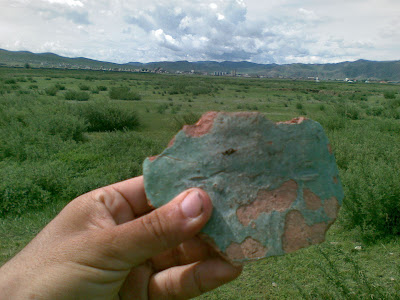There are some things that we consider to be so quintessentially of a certain place or culture that it comes as a shock to learn that its origins are often very different. There are many examples: who can imagine England without tea, Italy without football, Wall Street without (neck)ties, or even Ireland without potatoes. Yet these come from China, England, Croatia and Peru respectively. And why am I thinking about the origins of things? Well, I am now in Almaty (formerly Alma Ata), Kazakhstan's biggest city and former capital. The name means "Father of Apples" because, believe it or not, the common apple, that is so much a part of the European landscape and even culture, has its origins in the foothills of the Tian Shan. Similarly the walnut, another European mainstay, is also from the region, with the region of Arslanbob at the eastern fringes of the Fergana Valley being home to the largest walnut forest in the world.
And although Almaty can only count on apples for making it unique in the world, it is certainly unique in Central Asia. Arriving from Bishkek I was greeted by the standard wide, tree-lined grid of streets of Russian imperialism. But there were obvious differences to other towns in the region: rubbish bins conveniently placed all over town, a cycle lane (though to be honest, that was a little deceiving as I was to later find out, as I was let off the bus on the only street in town that actually has a cycle lane) and even drivers who stop at zebra crossings to let you cross - something I haven't experienced since perhaps Poland. Indeed, Almaty is an island of Western order in the sea of Asian bedlam (not that I dislike Asia's organic chaos, which is very stimulating and exciting). Upmarket boutiques, swanky bars and restaurants, flash cars and designer clothes are all commonplace and your average Almatian is as refined and educated as their counterparts in Amsterdam or Andalucia. Although Almaty is no longer the political capital of the country (that title, as of 1997, belongs to Astana) it is still very much the commercial and cultural capital. Certainly a far cry from the image we might have in the West where, for the majority, the only Kazakh personality that is known is
Borat, Sacha Baron-Cohen's fictional racist, homophobe, anti-Semite, chauvinist. Interestingly, when talking to Kazakhs about him they are quite savvy and realise that it was actually Americans who were being ridiculed in the film, and are glad that their country got some publicity (the president, on the other hand, didn't get the joke and the film was banned in the country).






































